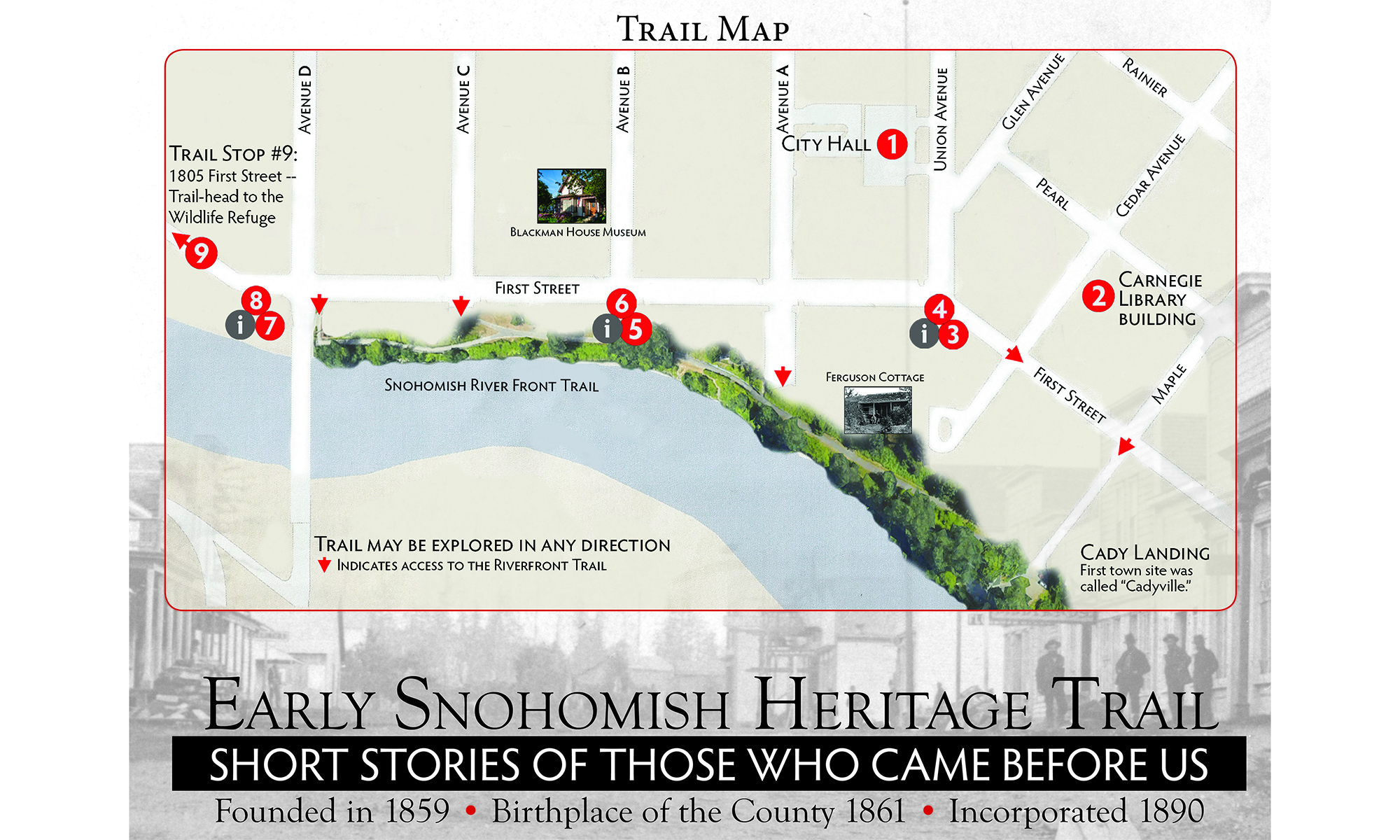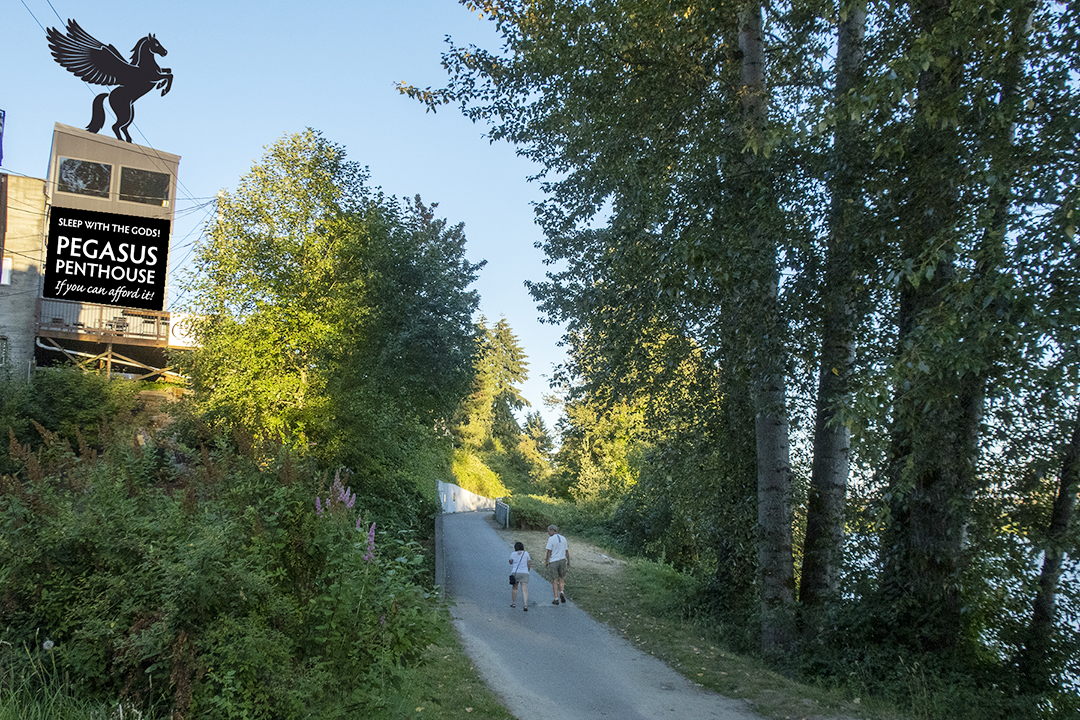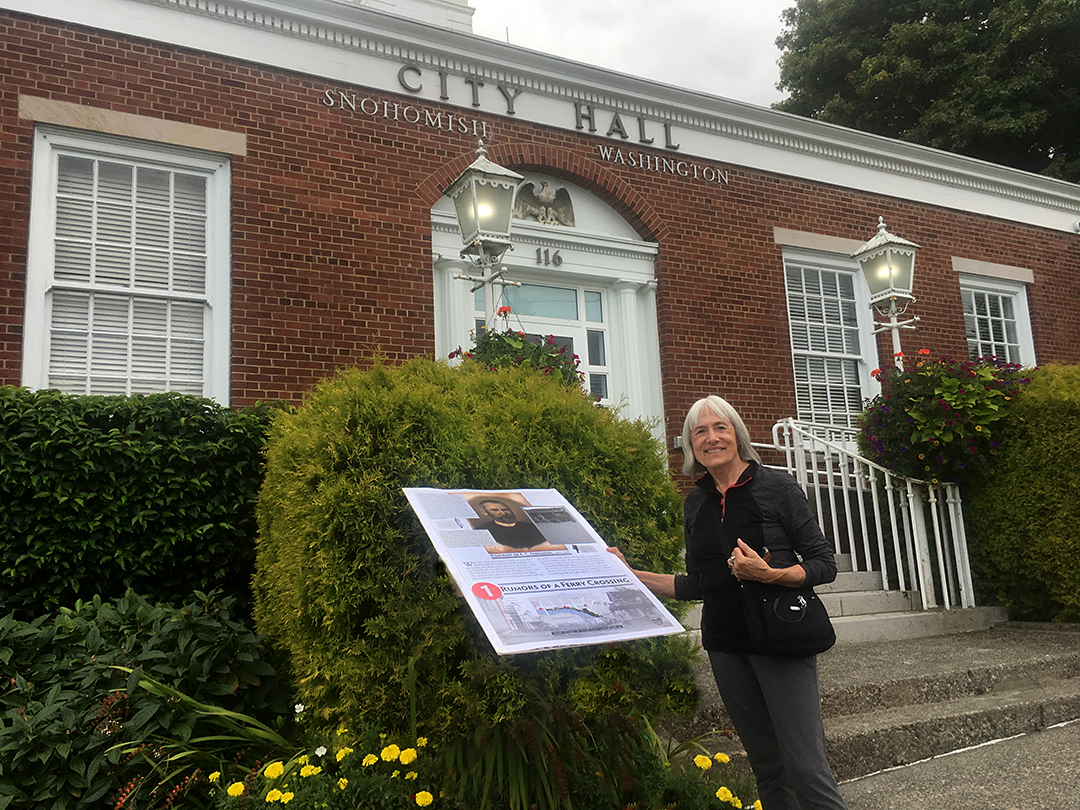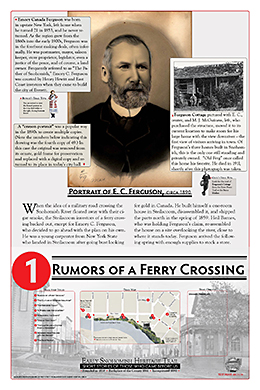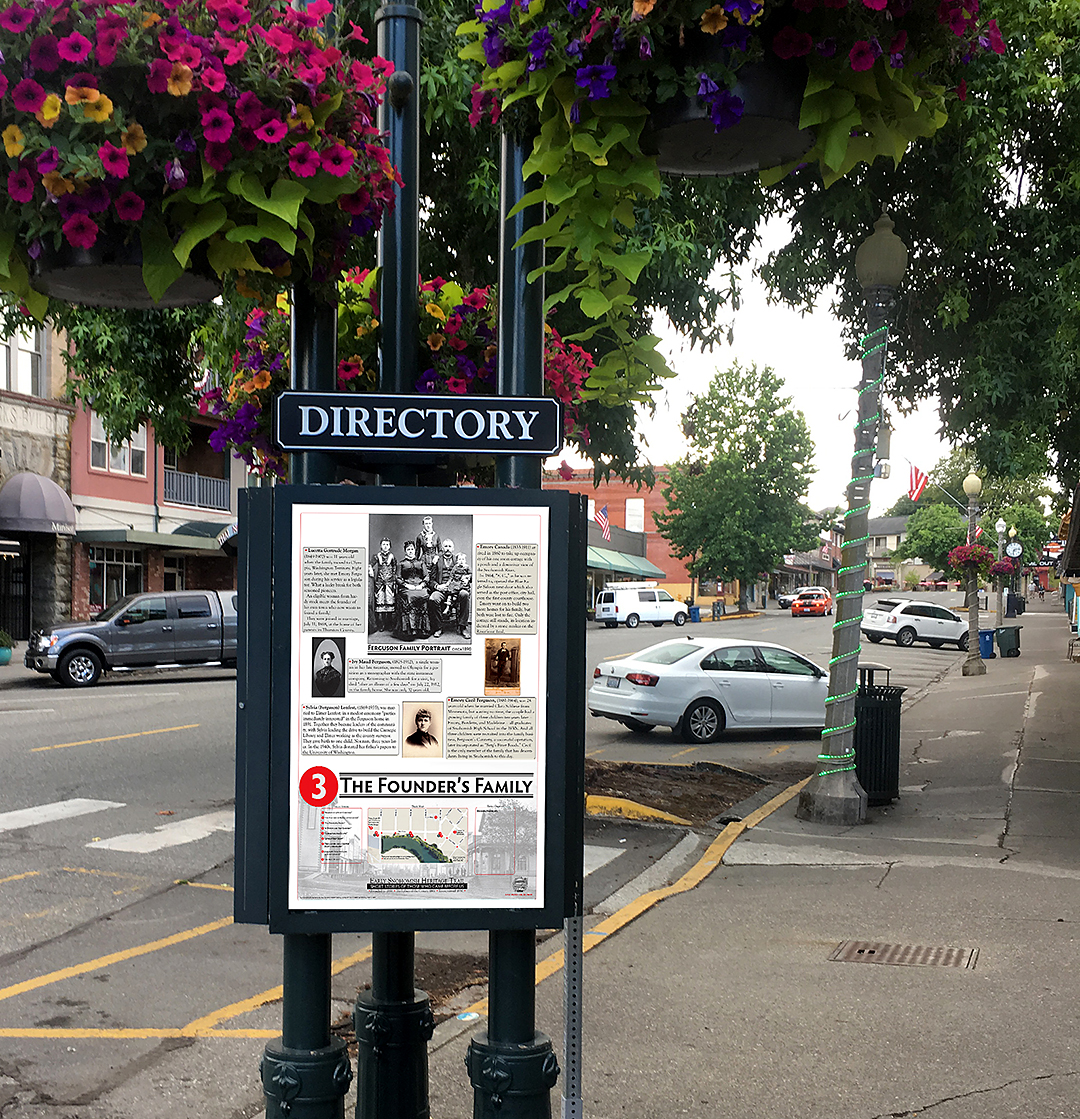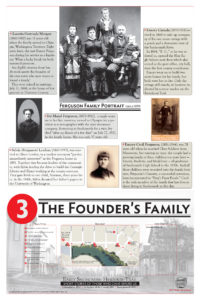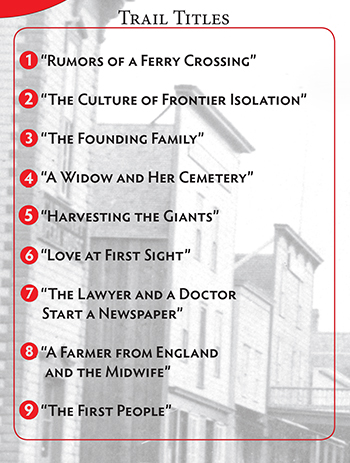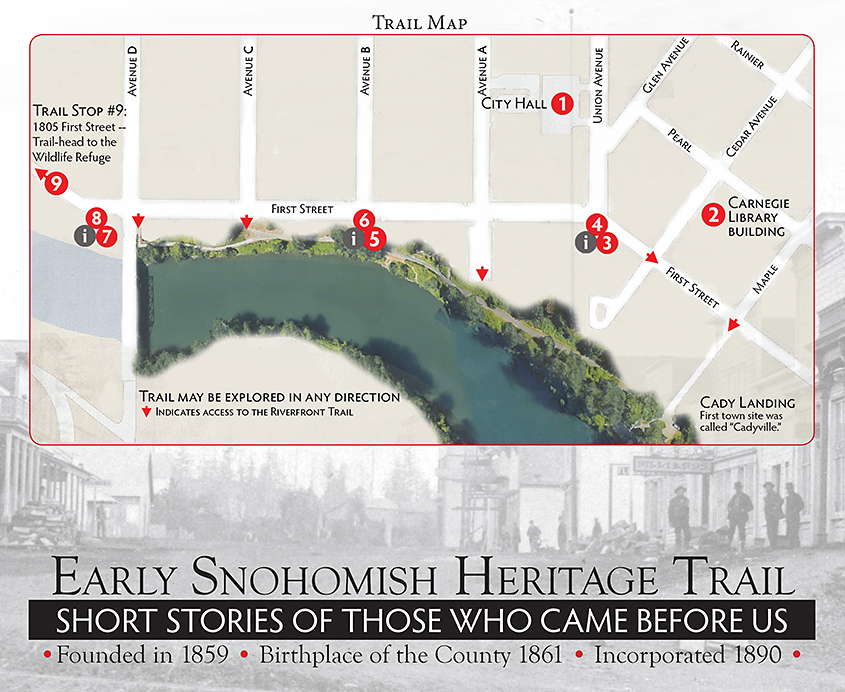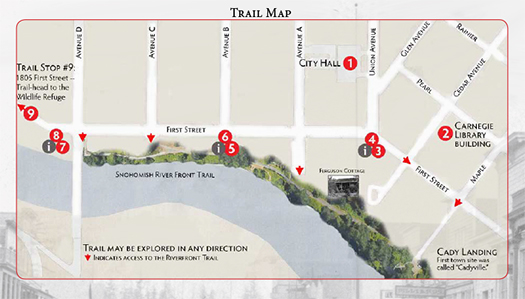Featured Image: “Why Not?” Photo illustration by the author.
A lingering notion I’ve had, probably since Early Snohomish was published a dozen years ago — if I were to write a sequel I’d call it Modern Snohomish.
In June 1926, Snohomish residents approved, by only three votes, the construction of a new fire station on the corner of Avenue A and 2nd Street to replace the 19th-century wooden building referred to as a shack in the news accounts.
Included in the vote was the construction of our first City Hall with offices for the police and a jail in the basement.
By then the new Lon Brown Theatre, a 40×100-foot structure of concrete, built on a lot purchased from the city for $2,500, and snuggled up close to the ten-year-old First National Bank (our first “fireproof” building) had been screening movies for two years. The Iron Horse, John Ford’s “blazing trail of love and civilization” played an extended run that past September.
Mac Bates, native son and retired middle school teacher, begins his remembrance of the Brown Theatre, as found on RootsWeb (posted in 2002), like this:
Every day as I cross the bridge into Snohomish, I turn onto First Street, pulled ineluctably by memory. I don’t really expect to see Schott’s Meat Market, Snohomish Drug, Mel’s Delicatessen, or J.C. Penney instead of the antique stores and boutiques, which have breathed life into downtown Snohomish, but, invariably, as I turn onto Avenue B, I look to see what’s playing at the old Snohomish Theater. Of course, nothing is playing. There have been no coming attractions for almost three years when the last movie ended, the credits rolled, and the screen went black forever.
Jackhammers three years ago leveled the lobby and exposed the darkened theater. Rows of sticky, soda-stained seats were ripped from the floor. For a few days, the patched movie screen was exposed to the last warm light of fall before workmen dismantled it, leaving a gaping black hole on First Street and in my heart.
I had never been backstage and had had little desire to see what lay behind the curtains. The screen was my window to the world of romance, adventure, terror, and fantasy. Movies enchanted me. The images came not from the projector but from behind the screen if one dared look (and I could not), an ethereal vapor spiraling out over the Snohomish River, wisping above cornfields and grazing cattle, and soaring over the forested foothills to Hollywood where almost anything seemed possible.
Download the entire story as a pdf file.
The late Carroll Clark, who posted Mac’s story on Rootsweb, I met in connection with the Annual Mother’s Day Vaudille Show produced by Eleanor Leight to benefit the Snohomish Historical Society for many years. His granddaughter was a featured dancer in the show along with other key dancers nicknamed the “Dawn Patrol.” In 2004, I followed the creation of the 26th Annual show with the documentary: To Dance with Eleanor.
Indulge me with a fantasy that could have been: The renovation of the Lon Brown Theatre in the 1970s for the Annual Mother’s Day Vaudville Show! Instead of screening the Northwest Premiere of Deep Throat, as told in Mac’s story.
Eleanor’s show was presented in the PAC — the high school’s Performance Art Center until a new center was built with many tax-dollars — its use was too expensive for Eleanor’s annual show to continue.
. . .
A heartfelt thanks to Mac Bates, and your memories of the Brown Theatre are encouraged, please comment below.
